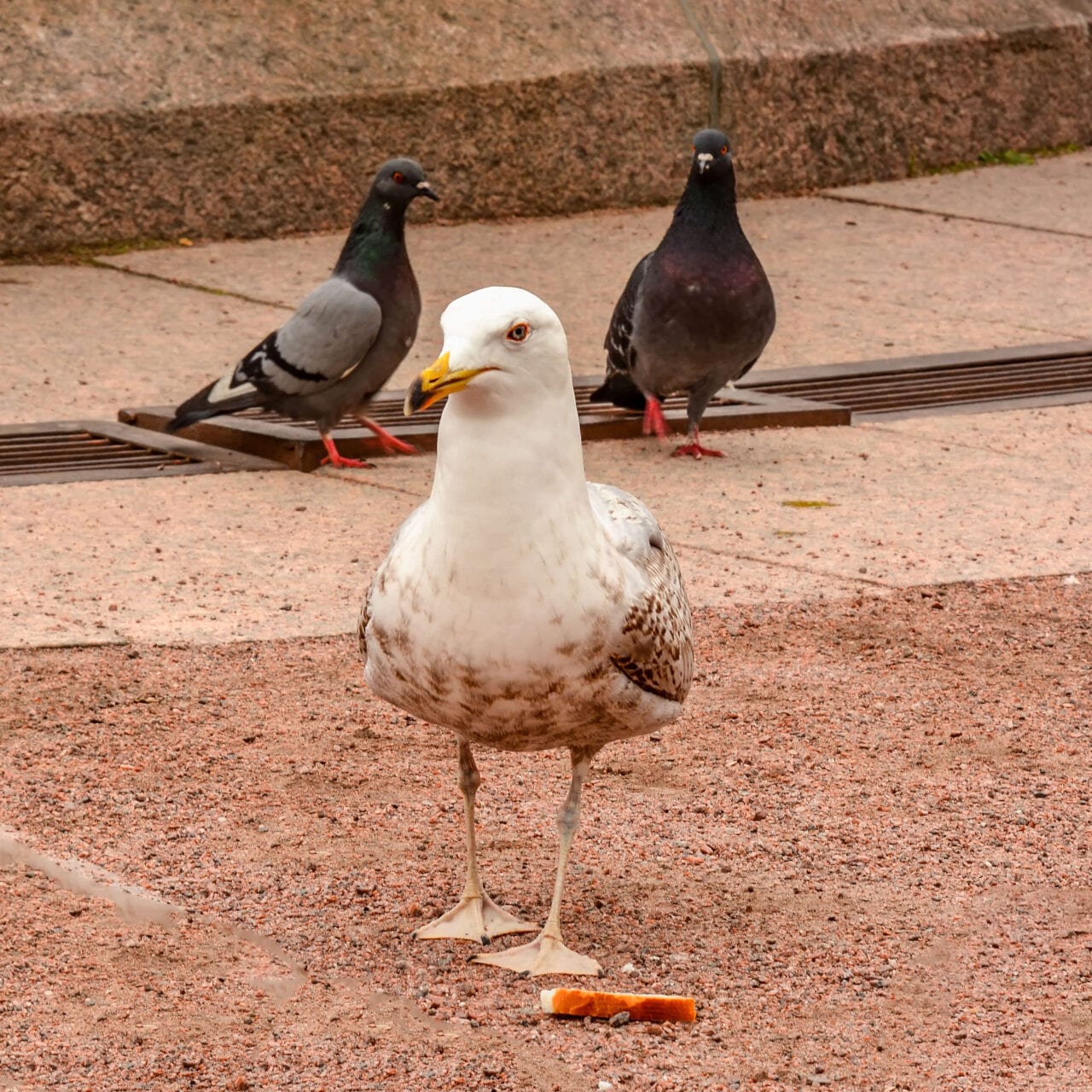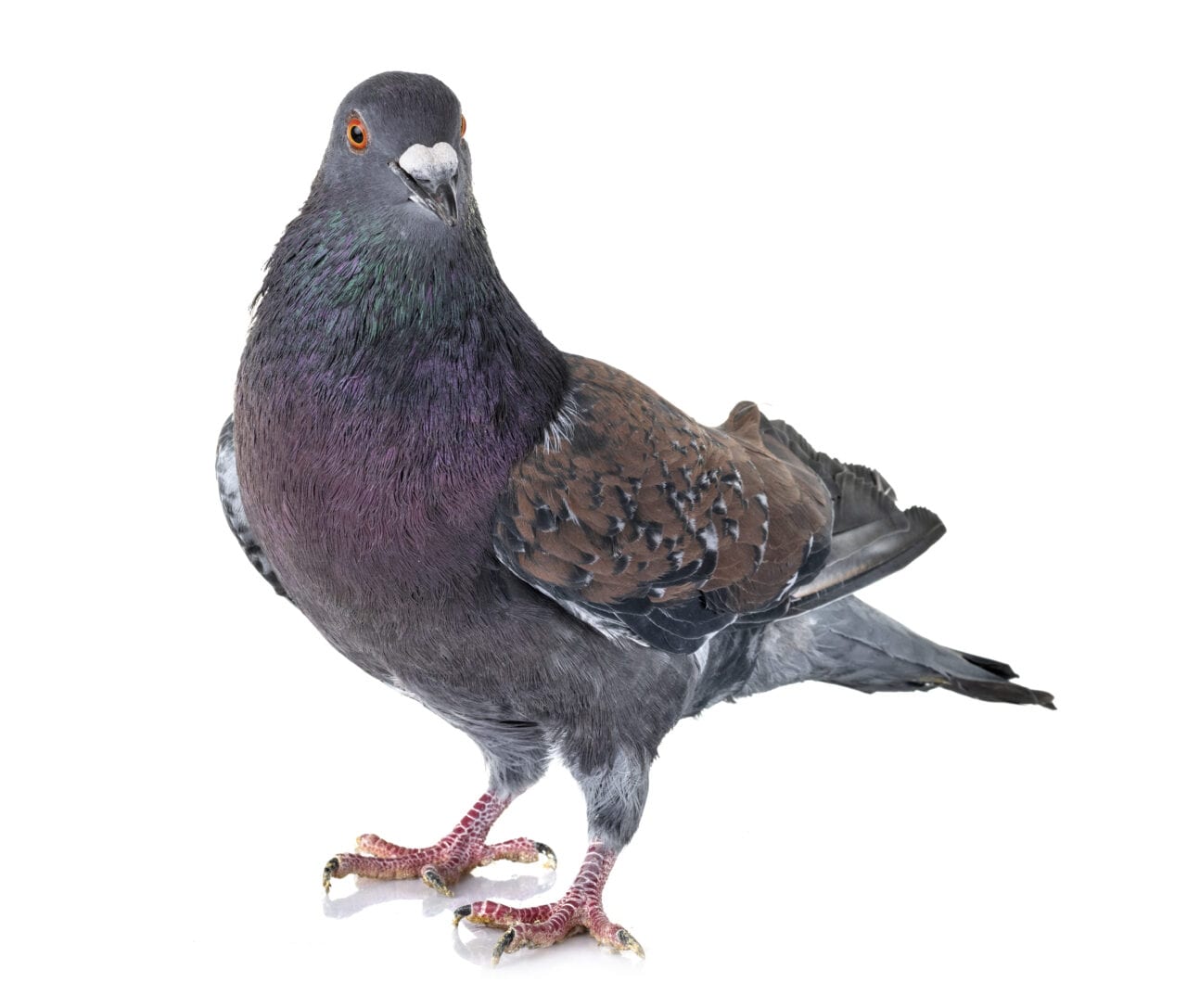Controlling Gulls In Urban Environments
Gulls and humans can in the main live harmoniously in any environment. However, certain species thrive on the human food supplies and find safe shelter on our buildings. Warm roofs and ample sized ledges become ideal nesting sites for birds and flock numbers increase. This activity can cause many health and safety issues such as fouling on the buildings and path ways, nesting debris blocking drains and insects infestations from nest debris and carcasses.
First step in combatting pest birds is to correctly identify species infesting the building so correct control can be applied.
Identifying Gull Problem
Common signs of infestation include:
Birds settling: on or around the premises, cables, wires, roofs, ledges
Droppings: on the building, inside the building, on goods, on vehicles, on pathways
Nests: on roofs, ledges, gutters, roof spaces and internal beams
Nest and Feather debris: around the premises, in gutters, damage from blocked gutters I.e damp walls and ceiling from water ingress
Stock damage: pecking and droppings
Seconry infestations – fly issues caused from nests / carcasses on roofs.
Methods of control:
All birds, their nests and eggs are protected under the Wildlife and Countryside Act 1981. Any control measures implemented must be comply with current legislation.
The General Licences no longer include control of Lesser black-backed and Herring gulls. Before carrying out any lethal methods of control you must try all reasonably practicable non lethal methods of control.
This can be by:
1. Environmental Management
The main attraction to any site is availability of food. This makes it difficult to control in many public areas especially where the general public discard food in open spaces.
Food build up can be minimised by:
Banning feeding of birds in public areas
Providing and regularly clearing bins and food spillages in public areas
Keeping bins shut where possible
2. Exclusion
Installing physical measures to buildings that prevent birds roosting. This could be :
General building maintenance: blocking access points eg damaged roof installing strips to loading bays.
Spikes or wire : placed on narrow ledges, sills, beams or narrow flat areas so birds cannot settle
Avishock: placed like spikes or wire but emits a small unharmful electric shock to prevent bird settling on the area.
Netting: covers larger areas horizontally or vertically to prevent access to various roost points.
3. Falconry Response
Flying birds of prey in the area provides an environmentally friendly method of pushing birds out of the area and disrupting the incubation of eggs preventing many from hatching.
Having exhausted these options you may then consider population control. Previously this was carried out under General Licence however, the General Licences no longer include control of Lesser black-backed and Herring gulls due to their poor conservation status. You will need to produce and Integrated Pest Management plan and apply for a Licence to control from Natural England.
Must Read

The Rise Of The Urban Gull

Controlling Gulls In Urban Environments

Urban Bird Control

Why You Should Retender Your Pest Control Contract During Lockdown

Amputated

